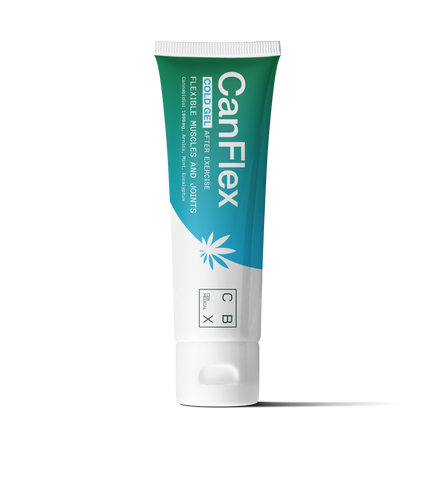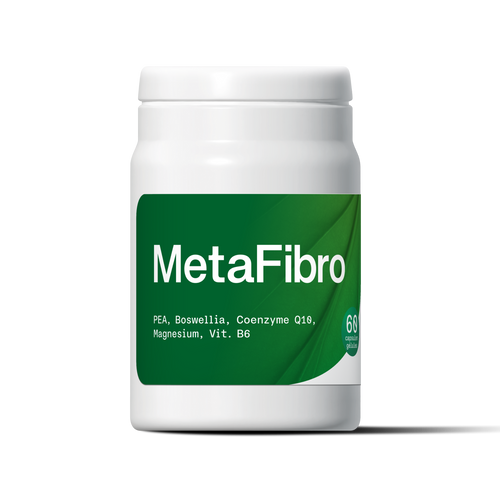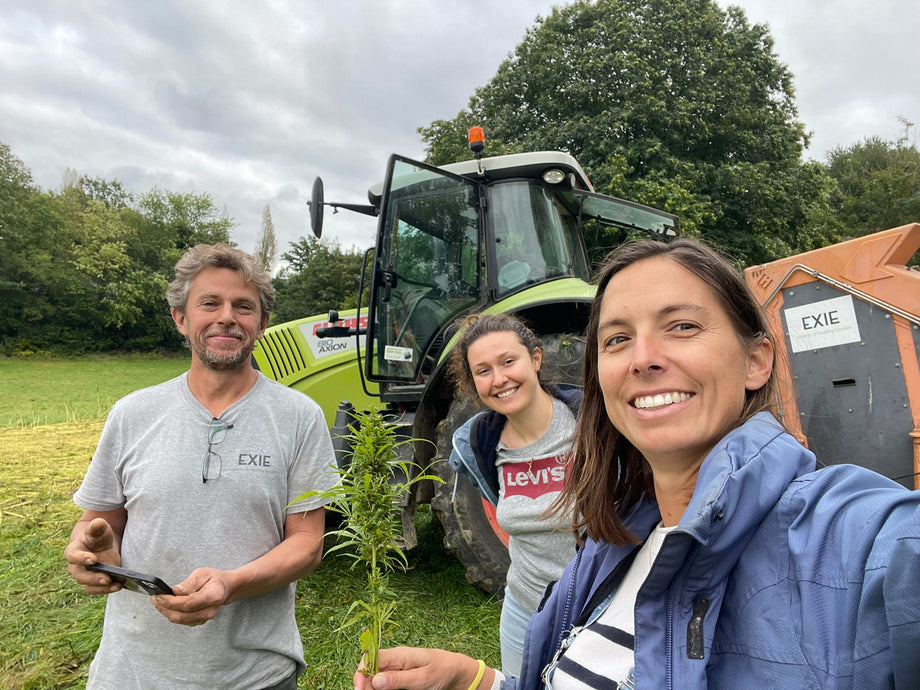Hemp cultivation is booming, and for good reason. This versatile plant offers a multitude of applications, from the production of phytocannabinoids such as CBD or CBG to the creation of high-quality fiber. In this study, we delved into the complex world of hemp cultivation, with a focus on the varieties Felina 32 and Santhica 27, to discover the optimal harvest time, the ideal planting density, and their impact on the quality of different parts of the plant. Here are the exciting conclusions we drew from this exploration.
The Perfect Timing for Harvesting Flowers
When growing hemp to harvest its valuable CBD (or CBG)-rich flowers, timing is key. Our theoretical observations show that the ideal time for harvesting flowers would be about a week before full bloom. At this point, the concentration of CBD and CBG reach their peak, providing optimal opportunity for the production of quality cannabinoids.
Indeed, these values are based on studies that have been carried out previously and therefore allow us to make an estimate of the phytocannabinoid yields of this year's crop. The phytocannabinoid dosage will be carried out later this year, it will then be possible for us to combine theory with practice in order to confirm or refute the following conclusions:
- The highest CBD yield is observed in T3 (one week before full flowering), at a planting density of 60 kg/ha.
- The highest CBG yield is also observed in T3 (one week before full flowering), at a planting density of 40 kg/ha.
- A general trend is observed: there is a peak in cannabinoid production within hemp flowers approximately one week before full flowering.


Dry Matter Yields of Flowers and Stems
However, a smart harvesting strategy shouldn't just focus on cannabinoids. Flower and stem dry matter (DM) yields play a crucial role in the entire equation. For flowers, our results show that yields are highest at the full flowering date (T4). At this time, the plants have reached their final size, and the flowers are ready to be harvested in abundance. Stem yields are also remarkably good at this stage.
It should be noted that the increase in yield beyond the full flowering date is not representative of flower yield. Indeed, since they begin to produce seeds, the weight of the dry matter increases and so do the yields.

Finding the Perfect Balance
The key to getting the most out of growing hemp is finding a careful balance between the quality and yield of the stems/straw (fiber and hemp) as well as the quality and yield of the flowers. Our data suggests that planting densities of between 40 and 60 kg/ha appear to be the sweet spot. These densities guarantee optimal yields of straw and flowers, while maintaining a relatively fine stem diameter, without significant difference to that obtained at 90 kg/ha.
Winning Hemp Varieties
Among the varieties studied, Felina 32 and Santhica 27 stand out as optimal choices for cannabinoid production. They offer an excellent compromise between CBD/CBG concentrations and the production of fine and long fibers.

Paths for the Future
It is important to note that these results are based on preliminary data, and it is necessary to confirm them with more in-depth studies. Additionally, the field of hemp cultivation remains relatively unexplored, highlighting the importance of conducting similar trials to evaluate other factors that could influence the cannabinoid content and quality of other parts of the plant.
In conclusion, growing hemp offers a world of opportunity, but to make the most of it, it is essential to master the intricacies of harvest timing, planting density, and the balance between the different parts of the plant. Our preliminary results pave the way for exciting future investigations in this growing field.




